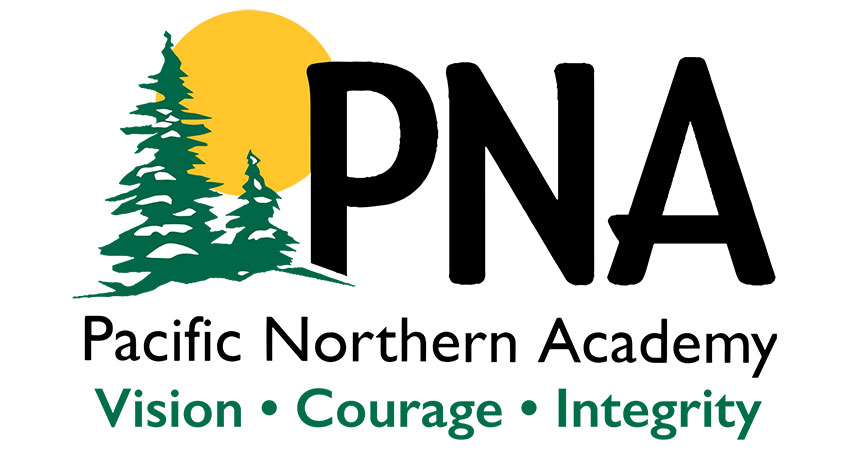playtime playzone gcash
Understanding NBA Moneyline vs Spread Betting and How to Choose the Right Option
As someone who’s spent years analyzing sports betting markets, I’ve come to appreciate the nuances that separate casual fans from those who consistently make informed wagers. When it comes to the NBA, two of the most popular betting options—moneylines and point spreads—often confuse newcomers, but understanding their differences can dramatically shape your approach. Let me walk you through how I view these options, drawing not just from basketball, but also borrowing insights from my time studying MLB dynamics. You see, in baseball, when you tune in to All Major League Baseball Teams, you quickly learn to focus on starting pitchers, bullpen depth, and lineup changes. It’s a mindset I’ve carried over to the NBA: just as a weak bullpen can blow a late lead in baseball, a team’s clutch performance or defensive lapses in the fourth quarter can turn an NBA spread bet on its head.
Let’s start with the moneyline, which is straightforward on the surface—it’s simply a bet on which team will win outright. No points, no margins, just pick the winner. I love moneylines for games where there’s a clear favorite, but the odds reflect it. For example, if the Lakers are facing a struggling team like the Rockets, the moneyline might sit at -350 for L.A., meaning you’d need to risk $350 to win $100. That’s not always appealing, but in cases where I’ve dug into factors like rest days, recent performance trends, or even travel schedules, I’ve sometimes found value. On the flip side, the underdog moneyline can offer juicy payouts; I once took the Knicks as +240 underdogs against the Celtics because their defense had been tightening up, and it paid off. But here’s the catch: moneylines don’t account for how close the game might be. A team can win by one point or thirty, and your bet cashes either way. That’s fine, but it misses the nuance of game flow, which is where the spread comes in.
Point spread betting, in my view, is where the real analysis shines. The spread levels the playing field by giving the underdog a virtual head start. If the Bucks are favored by 7.5 points over the Hawks, they need to win by 8 or more for a spread bet on them to pay out. This forces you to think beyond who will win and consider how they’ll win. I often compare this to analyzing MLB bullpen depth—just as late-inning relievers can swing a close baseball game, NBA benches and clutch performers can make or break a spread. Take the 2022 playoffs, for instance: the Warriors covered spreads in over 60% of their home games, largely because their second-unit players stepped up in key moments. When I’m evaluating spreads, I look at pace of play, injury reports, and even referee tendencies—yes, some refs call more fouls, which can inflate scores and help covers. It’s not just about talent; it’s about context.
Now, you might wonder how to choose between the two. From my experience, it boils down to risk tolerance and the specific matchup. Moneylines are safer for heavy favorites, but the returns are slim unless you’re parlaying them. Spreads offer more balanced odds, usually around -110 on both sides, but they’re riskier because a last-second basket can turn a win into a loss. I lean toward spreads when I’ve done my homework on team trends—like how the Nuggets have covered 55% of their spreads when Jokic plays over 35 minutes. But sometimes, especially in evenly matched games, the moneyline on the underdog feels like the smarter play. Remember, in baseball, weather and park factors can turn a total market; similarly, in the NBA, factors like back-to-back games or arena altitude in Denver can sway my decision. I once avoided a spread bet on the Jazz in a high-altitude game because the opponent had traveled late, and it saved me a loss.
One thing I can’t stress enough is bankroll management. Whether you’re betting moneylines or spreads, overcommitting based on gut feelings is a recipe for disaster. I stick to risking no more than 2-3% of my bankroll per bet, and I track everything in a spreadsheet—something I picked up from monitoring MLB lineup changes over a 162-game season. Over time, I’ve found that combining both bet types works well. For example, in a game where the Clippers are slight favorites but injury-plagued, I might take the moneyline for a smaller stake and pair it with a spread bet on the opponent if their defense matches up well. It’s all about layering insights, much like how bullpen usage in baseball often decides close games.
In the end, there’s no one-size-fits-all answer. Moneylines offer simplicity and are great for beginners, while spreads reward deeper analysis and can be more engaging for seasoned bettors. I personally enjoy the puzzle of spread betting—it keeps me invested in every possession, not just the final score. But on days when I’m less confident or the data is murky, I’ll happily take a moneyline and sleep easier. Whatever you choose, remember that success in NBA betting, much like in baseball, comes from continuous learning and adapting. Start small, focus on matchups you understand, and don’t be afraid to trust your research—even when the odds seem against you.
